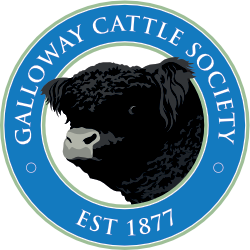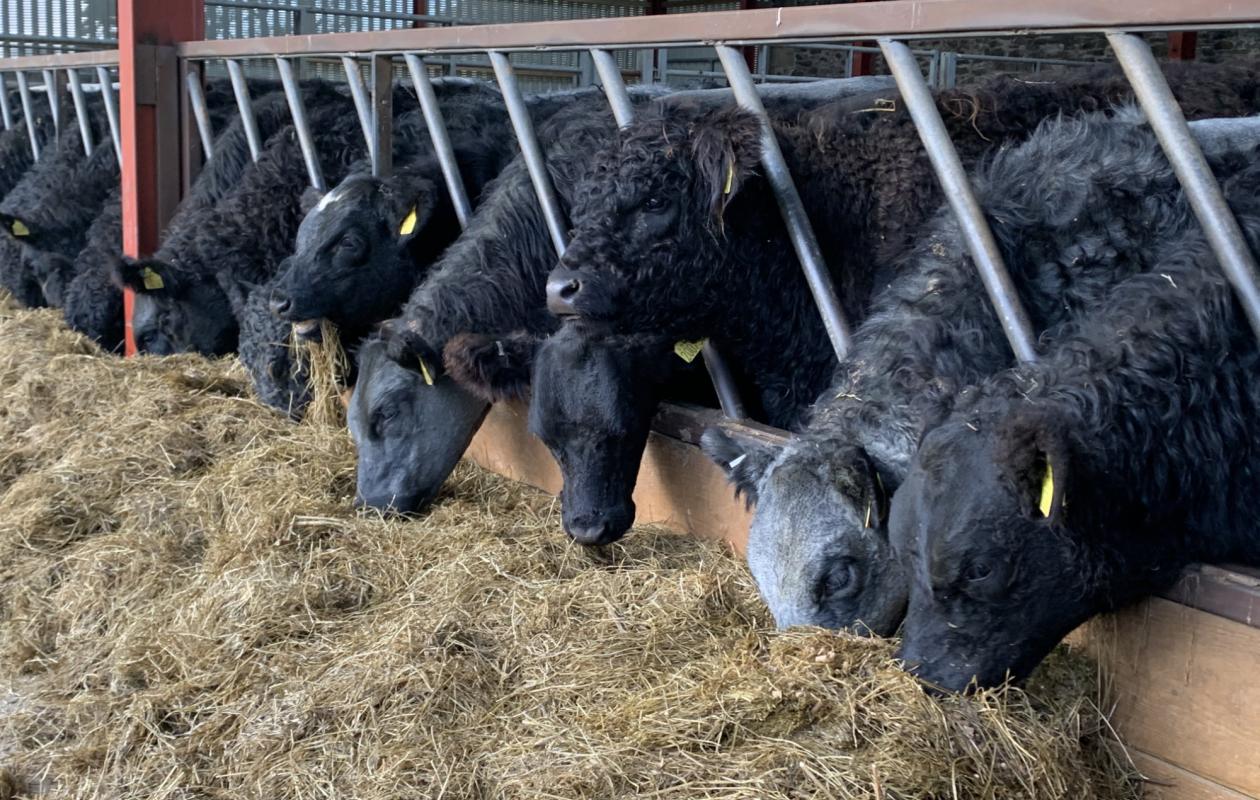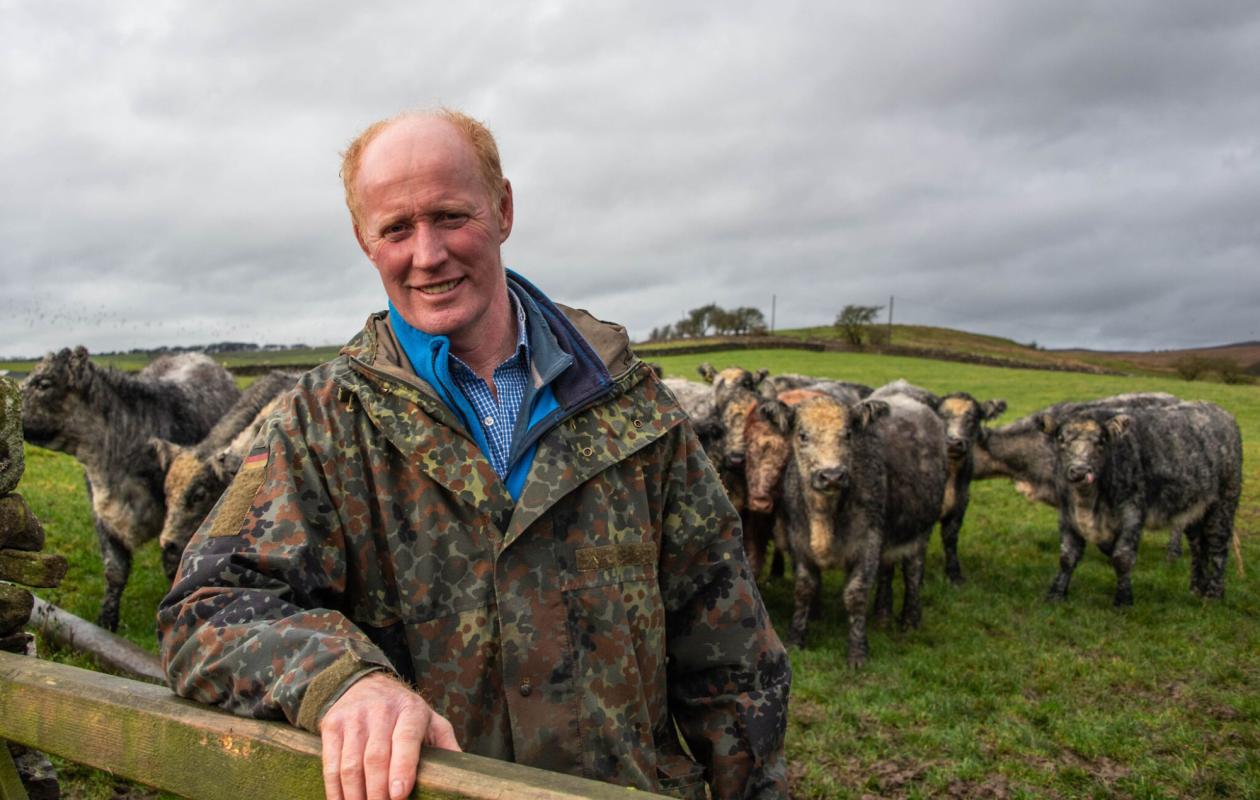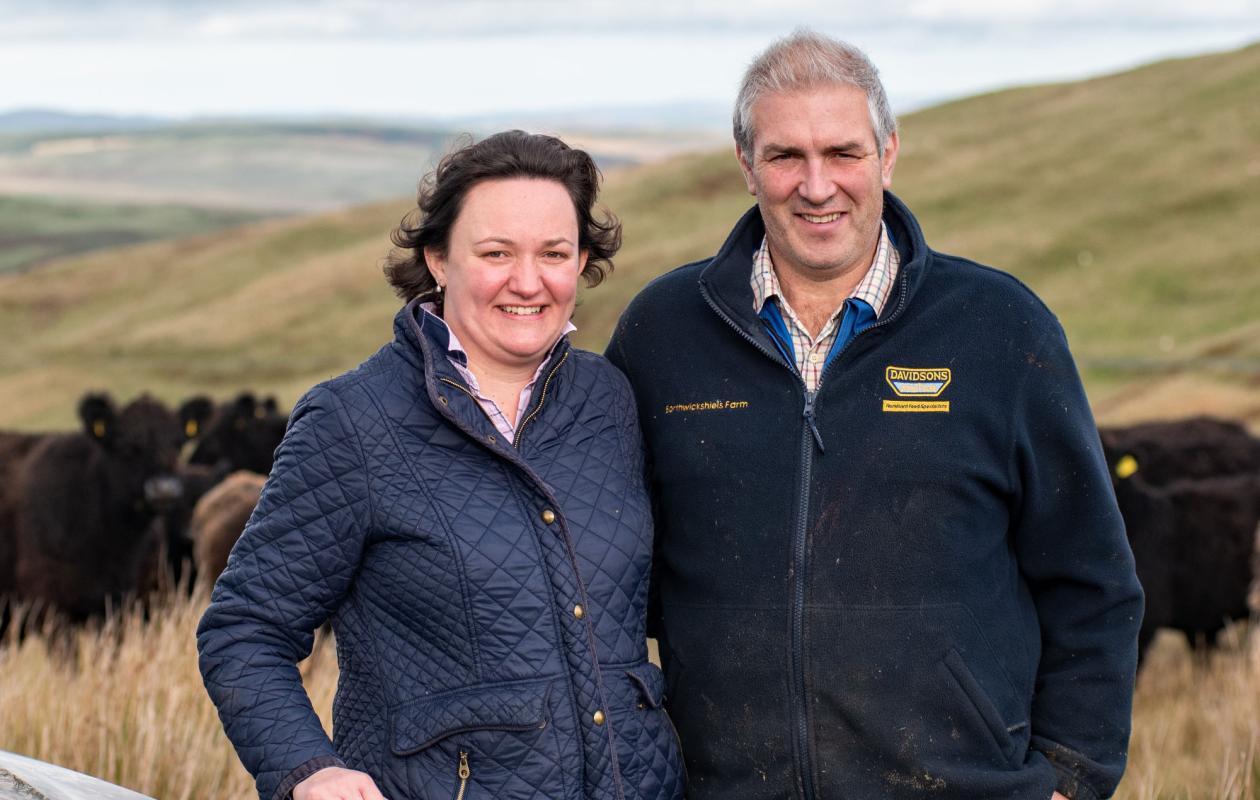The Spours family farms 4,370 acres in widely-spread large blocks of tenanted land in north Northumberland which comprise of heather moorland and improved lowland.
The emphasis is on self-sufficiency and keeping inputs to a minimum for the enterprises based at Twizell Farm, near Belford, just north of Alnwick.
A herd of commercial Aberdeen Angus cows and a commercial sheep flock along with arable land were the mainstay of the business until 2010 when a block of 1,800 acres of heather hill at Chatton Sandyfords was designated SSSI to help encourage the wild juniper plants and protect the many archaeological features on the land.
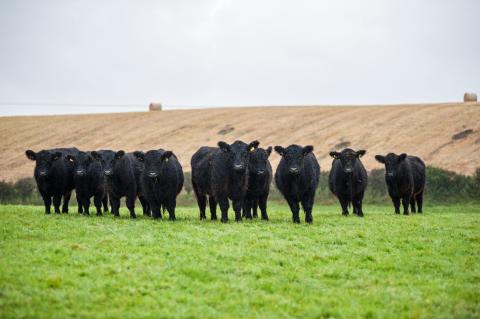
“We had to reduce the sheep numbers on the moorland and there were areas of vegetation that required a native breed of cattle to reduce the moorland grasses and help encourage the juniper to grow,” said Daniel Spours, who farms in partnership with his brother, Richard, father, Lawrence and uncle, Paul. There are two full-time staff and casual labour is employed at peak times.
“We looked into native breeds and, originally, Galloways were the second choice. But when we looked further into it, the end users we spoke to commented about the superior eating quality of the Galloway beef and we already knew about the ease of management - de-horning, easy calving and that they were very low maintenance cattle, which we were all drawn to as we already had an overwhelming workload due to the other enterprises.
“They are fantastic, non-selective grazers which we knew would suit the SSSI scheme,” he added.
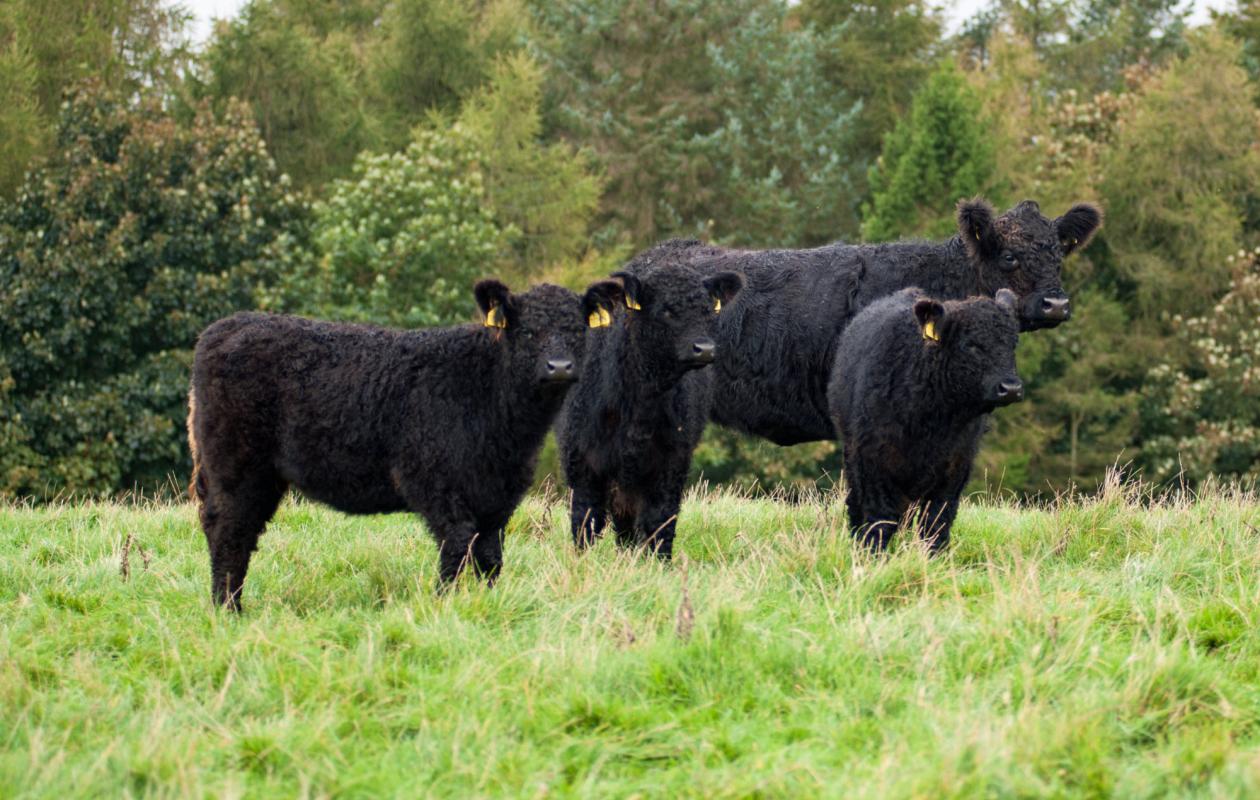
Now, Five years on from investing in the hardy Galloways, the Spours are not only reaping the benefits of conservation grazing, but they are selling the quality meat to a successful nearby on-farm restaurant which overlooks the causeway to Lindisfarne.
“We’re very happy with the Galloways. We started the herd to help fulfil the SSSI scheme requirements but now we have a ready outlet for the Galloway meat we are planning to increase numbers. Our original goal was to have a 60 cow herd with half to a terminal sire but now we are going to increase numbers to 90 cows and run them pure bred as we now know the full potential of the breed.
“It was a bit of a leap in the dark but I am really impressed with the Galloways and particularly how well they are finishing,” he added.
The Galloways have fitted into the farming system which is complicated because of the scattered grazing land, the furthest is 10 miles away at Beal.
The cropping land runs to 1,200 acres which rotates with improving the grassland. Of the arable crops, 600 acres is grown for sale with feed grades being utilized on farm. Wheat, barley, oats and oil seed rape are grown as well as fodder beet and kale and sheep feed rape.
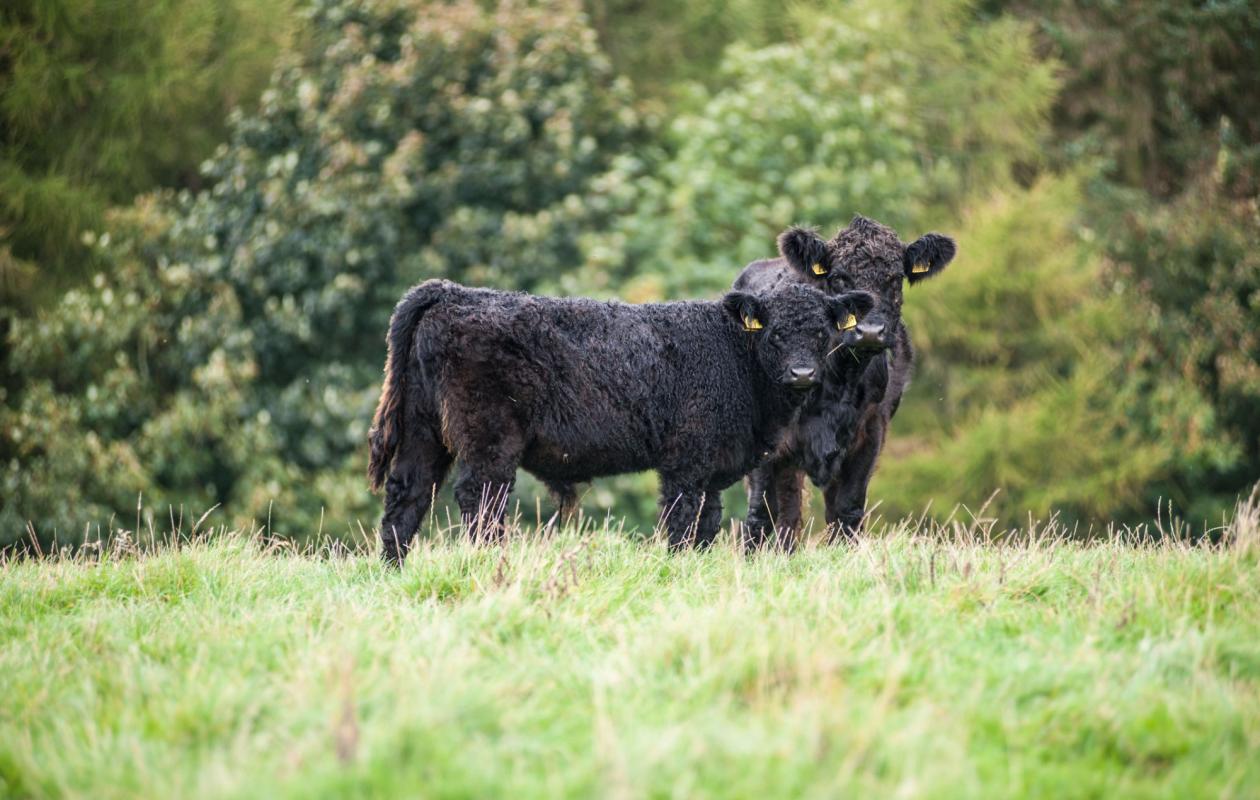
The commercial Angus herd runs to 260 cows plus 30 breeding heifers following, all bull calves are finished by 16 months and sold to Scottish beef processors AK Stoddart along with any heifers not kept as herd replacements. All the cows are crossed with a registered Angus bull, although the herd is not registered it is likely that a small pedigree herd will be established in the future.
The Galloway herd now numbers 50 cows, most of which are registered cattle. Before embarking on the new herd, Daniel saw the attributes of the breed at John Carr-Ellison’s nearby Beanley, Powburn
Foundation cows originally were from Beanley, Miefield and Moor House with heifers from Blackcraig, Romesbeoch, Klondyke and the Nether Cleugh herds added. The aim is to buy larger animals with more frame which the hill land can carry - and those with a good quiet temperament.
Stock bulls are bought from the Galloway Cattle Society’s Castle Douglas sales and current herd sires are Ballavair Marley, Barquhill Frank and Value of Kilnstown, the spring 2016 purchase.
Daniel personally has carried out some AI on the Galloways with success and there are a number of bull and heifer calves by Orinocho of Over Barskeoch are on the ground.
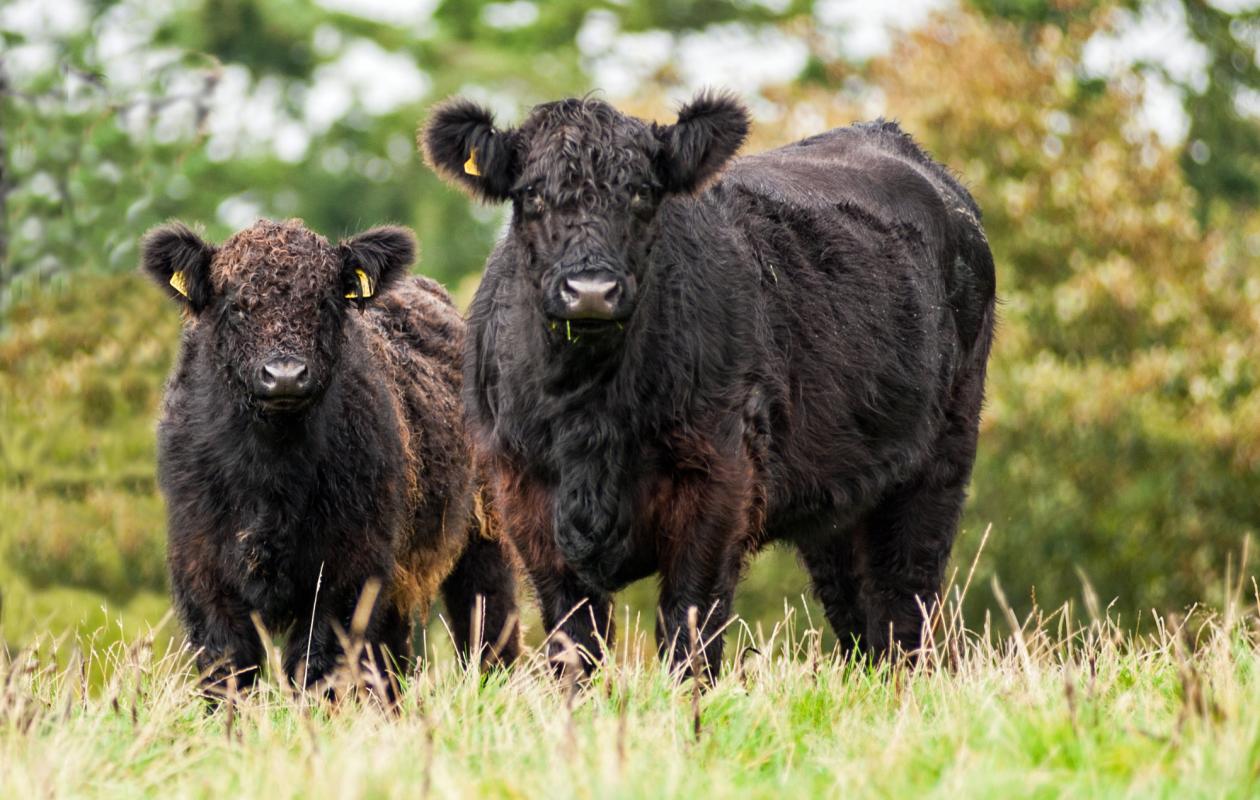
While most of the replacements will be home bred, some bought-in heifers will also be included. Next year up to 20 heifers are expected to be added to the herd and the intention is to run three bulling groups to suit the way the hill is split. Heifers are calved at three years old.
The Galloways are calved in the spring from the end of April behind the commercial Angus herd on the lower ground near Twizell. The cows receive no assistance or housing at calving unless it is required.
“The Galloways certainly do the job and we have seen huge improvements in the reduction of the coarser grasses. The sheep are keen to graze the areas which have been cleared by the cattle, they are used primarily as a management tool” said Daniel.
“They are very low maintenance and while on the hill they only get a mineral supplement. Weaned calves are housed and fed a maintenance ration of barley and silage through the winter while the cows out-wintered on the hill are fed big bale silage when required.”
The Galloway steers are all finished between 22 and 27 months old off grass plus roughly a tonne of a finishing diet costing £140 introduced at the turn of the year until finished. The only other inputs are veterinary costs and labour, which are minimal.

The first Galloways were finished as bulls as with the Angus cattle but the Galloways struggled to reach a weight that would leave much profit as they are a slower maturing breed but still managed a fairly respectable 300kg deadweight at 16 months roughly £900 a head at that time and considering the lack of inputs with the herd there was still profit in these.
Then it was decided to run them on another year as steers which is proving to be a much better and more profitable system which utilizes their favourable eating quality rather than losing them to the meat industry as mince.
They are slaughtered at J A Jewitts in Spennymoor and they are hung for 21 days and processed at Reiver Country Farm Foods, Reston, near Berwick.
The carcasses are weighing between 365kg and 420kg and a typical carcasses classifies as R4L, killing out rate is around 55%. While the cattle are not regularly weighed before slaughter as Daniel believes adrenalin is the largest contributing factor in spoiling meat so they are drawn to condition to reduce handling and stress.
Since February 2016, roughly two whole carcasses a month have been sold to The Barn at Beal, established almost 10 years ago by farmer and entrepreneur Rod Smith, on the mainland just before the causeway to the popular visitor attraction Holy Island.

Twizell is the sole beef and lamb supplier to The Barn restaurant also providing 10 home produced lamb carcasses a month in what everyone sees as ‘very much a partnership’ with Daniel receiving feedback from the chef and customers with this he is able to adapt the product if required. “Far to often animals are slaughtered and there is little or no feedback to the producer,” he said.
Head Chef at The Barn at Beal for the last five years Cameron Waterhouse is a great fan of the Galloway beef and its consistency in producing a wide variety of beef dishes from breakfast sausages to rib of beef, rolled brisket to sirloin steaks. Mince, as well as being made into lasagna, is made into the ever popular burgers.
“The fat content of the beef is perfect for making burgers with just a little seasoning. Most burgers include rusk but our meat only burgers are gluten-free, and, as a result, we have been included in guides for coeliacs eating out.
“We have sold around 3,000 Galloway beef burgers in the summer school holidays.”
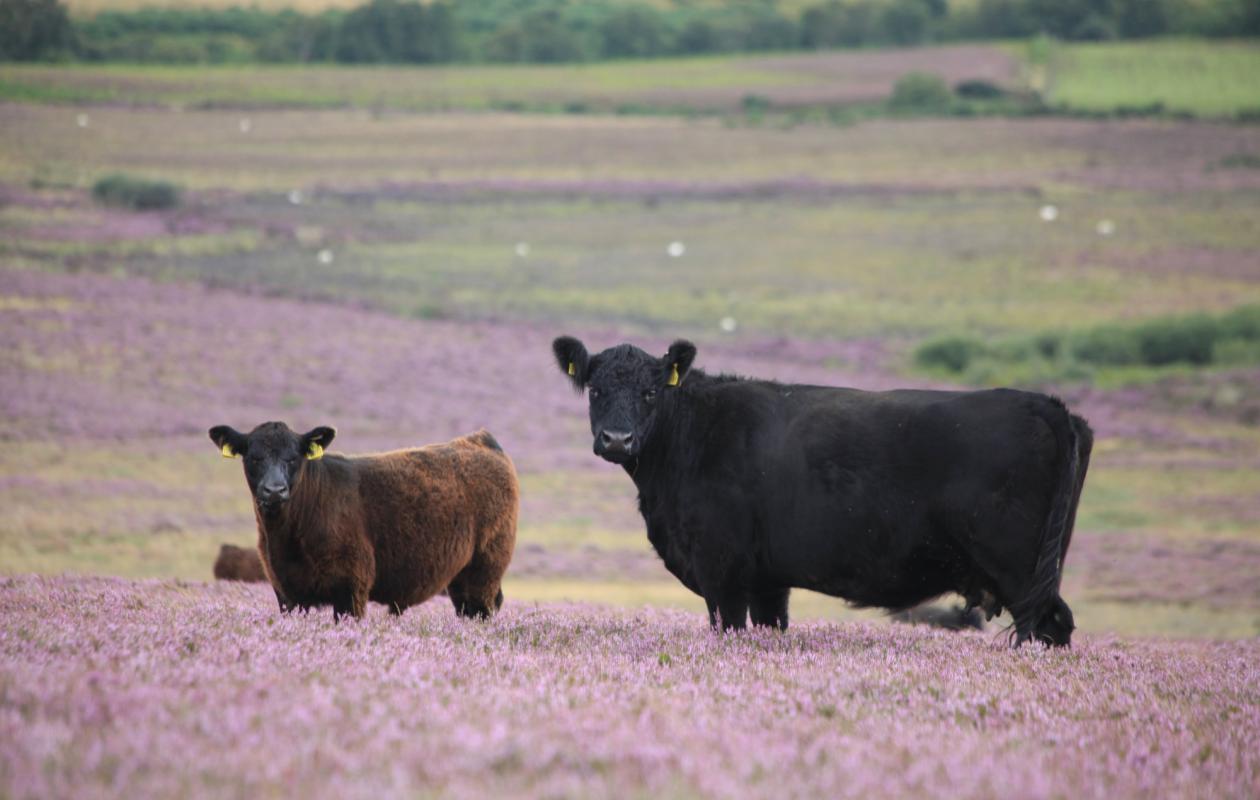
The Barn at Beal sources local products and Cameron says provenance and traceability are key to the foods produced in the kitchen for the restaurant and bar for both the many passing visitors and those staying at the on-site camping facility.
The sheep enterprises which numbers 3200 breeding ewes are split between hill and lowland, this has also been changed over recent years from a traditional stratified flock of Scottish Blackface ewes on the hill and Scotch mules on the lower ground to Easy Care ewes on the hill which are bred pure and then draft ewes are crossed with the Suffolk on the lower ground.
“We are still producing a similar number of lambs off the hill as we were even though we have reduced numbers by 300,” said Daniel.
The other side of the sheep enterprise is an intensive continental flock of ewes producing E and U grade lambs from three quarter bred Texels and purer which are crossed with Belgian type Beltex rams. The Texels are split 50-50 between Texel and Beltex rams and are run on the better ground and lambed inside from the 25th of March.
This year E grade store lambs out of hoggs have sold at Hexham Mart for up to £96 a head while finished lambs readily make more than £2.20 a kg.
